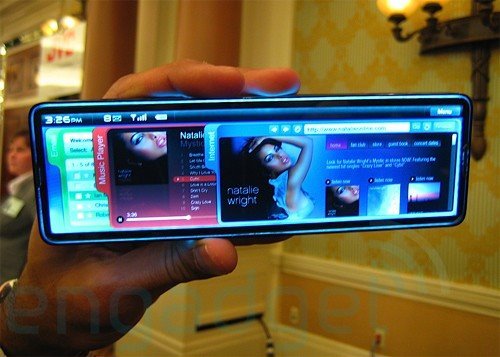rxonmymind
Super Member
Hello all,
I've decided to take my music into a different direction. This is what I envision. Ultimately I'd like a 24-27" flat screen monitor sitting on top of my Realistic 2100D receiver plugged into via Aux. Through this flat screen I only want it to play music & video. This will be a music only dedicated system that HAS TO BE easy enough for my wife to use. Power it up, music "window" comes up (Pandora or uber lossless music site of your choice) and tap to play. That's it.
I'd like to stay with Windows as all our phones are running it.
Could you break down what exactly I'd need for this set up & your recommendations. Many of you are tech savvy and what do you see out there that's a solid choice for around $1k. What would you avoid?
Software recommendations
Extra hard drive
Video card
All in one monitor.
Thanks.
I've decided to take my music into a different direction. This is what I envision. Ultimately I'd like a 24-27" flat screen monitor sitting on top of my Realistic 2100D receiver plugged into via Aux. Through this flat screen I only want it to play music & video. This will be a music only dedicated system that HAS TO BE easy enough for my wife to use. Power it up, music "window" comes up (Pandora or uber lossless music site of your choice) and tap to play. That's it.
I'd like to stay with Windows as all our phones are running it.
Could you break down what exactly I'd need for this set up & your recommendations. Many of you are tech savvy and what do you see out there that's a solid choice for around $1k. What would you avoid?
Software recommendations
Extra hard drive
Video card
All in one monitor.
Thanks.





